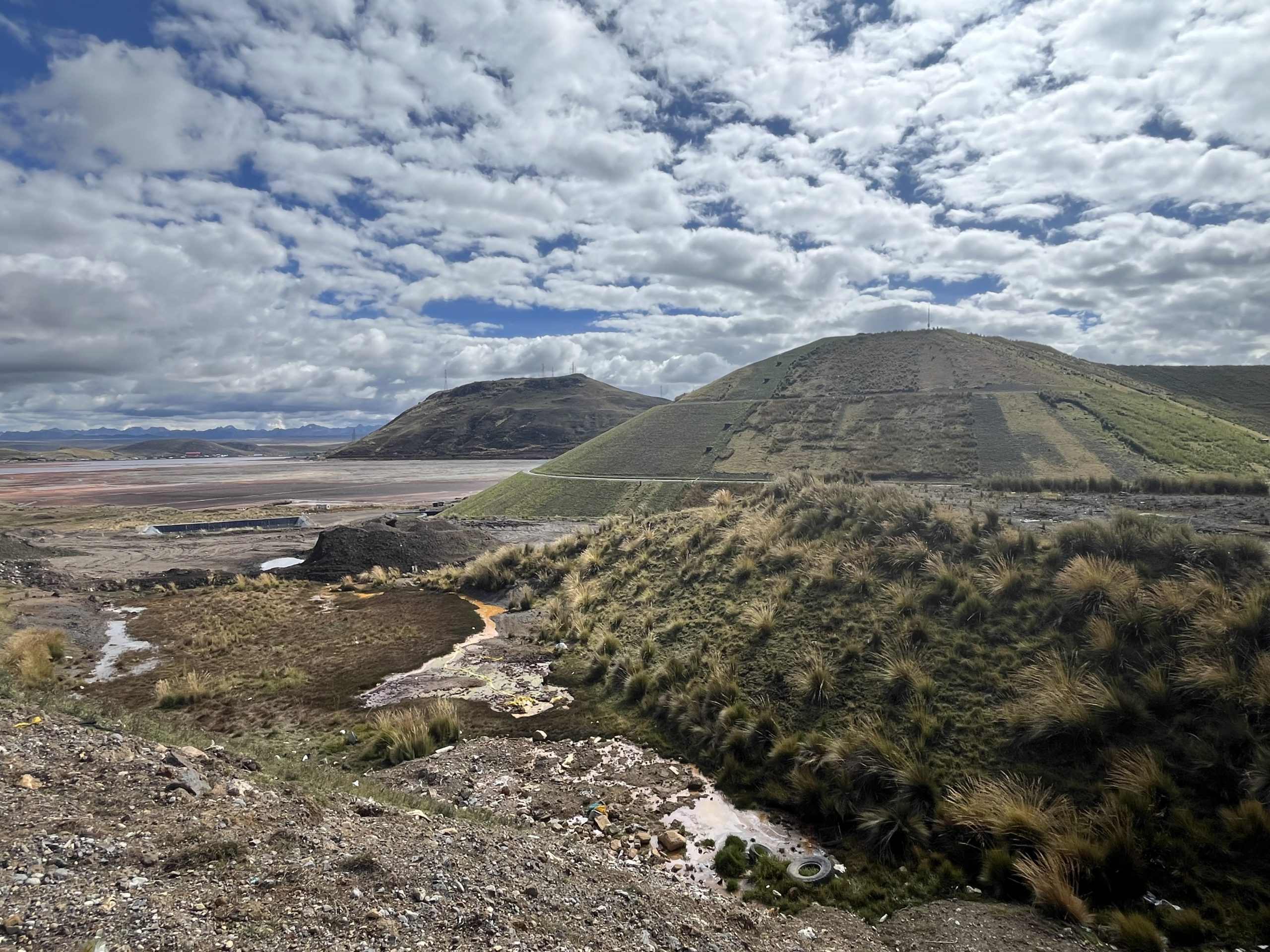Annual production over the first 20 years is expected to run to 105,560 tonnes. At a base case copper price of US$3.90 per lb., Cactus offers an after-tax net present value (8%) of over US$2 billion and internal rate of return of 24%.
Initial capex of US$668 million could be paid back in just under five years, with life-of-mine free cash flow of US$7.3 billion and life-of-mine revenue of US$20.8 billion. The project has direct road and rail access among other infrastructure on site.
“It’s looking phenomenal,” George Ogilvie, the company’s president and CEO says. “On these numbers we’d be currently trading at 1.3¢ enterprise value (EV) per measured and indicated resource in the ground and our peers are currently trading at just over 9¢. There’s room for uplift.”
Permits in hand, in sight
The company expects to complete prefeasibility and definitive feasibility studies and all permitting in 2025 and produce its first copper cathode in 2027-2028.
Cactus is already permitted for construction on a portion of the 57.2-sq.-km project—the Cactus East and West deposits and the historic stockpile. The company is working to amend those permits to include the Parks/Salyer and Mainspring resources—which are contiguous and add a second pit to the project, in the industrial park of Casa Grande. The company currently has permitted access to an aquifer and on-site water wells for about 4.6 million cubic metres of water per year.
Its location on private land streamlines its permitting process with no Federal nexus, putting the project at a huge advantage in a state that with the recent exception of Taseko Mines’ (TSX: TTKO; NYSE: TGB) Florence copper project, hasn’t permitted a new mine in roughly 15 years, and in a country that has only permitted three mines since 2003. According to the S&P, permitting times in the U.S. now average about 29 years, the second-longest in the world behind Zambia.
“We have the best three words in mining: ‘No Federal Nexus’ so we can get a permit or an amendment to an existing permit in a small fraction of the time,” says Travis Snider, the company’s VP sustainability and external relations. “If you read about all the projects in Arizona—the hold-up is typically the federal government, which has no guidelines on when it needs to make a permitting decision. But the state has statutory times that they need to make decisions by.”
Navigating jurisdictions
Snider notes that the company must still comply with all federal requirements on clean air and water, a process administered by the state.
“We know when we put in an application for an aquifer protection permit (APP) we’ll have an answer in three to six months. It won’t be drawn out for 20-plus years by the federal government trying to figure out whether we did enough studies,” he says.
“If you look at Resolution and Rosemont, they have had a very different path seeking federal authorizations—both well past the 10-year mark. It’s a shame for Arizona and a major setback for domestic production. Enough so that Hudbay stopped working on Rosemont and is now working on the adjacent Copper World project, which is on private land.”
The state also has an incentive to permit Cactus, the company says, as the previous owner, Asarco, did not have sufficient funds to close the mine properly and it was a liability for the state environmental trust.
“We’ve turned this from being a taxpayer liability to become what will be one of the top ten copper producers in the U.S.,” Snider says. “And because we worked with the state to acquire the property, we do have requirements to bring it back into production and they are motivated to see us succeed.”
The company updated its resource in July, outlining measured and indicated resources of 574.1 million tonnes at 0.58% total copper for 7.3 billion lb. contained copper and 430 million inferred tonnes at 0.41% total copper for 3.8 billion pounds.
“We have a very robust and financeable project,” Ogilvie says. “If investors are looking at junior copper development stories that are lower-risk and have a high degree of executability, then I would absolutely say Arizona Sonoran is on top of the list or in the top three given its location, infrastructure, scalability and optionality. I think we’ll see a big uptick in valuation in the next six months.”
The preceding Joint Venture Article is PROMOTED CONTENT sponsored by Arizona Sonoran and produced in co-operation with The Northern Miner. Visit: www.arizonasonoran.com for more information.




